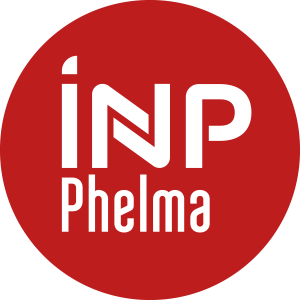Number of hours
- Lectures 7.0
- Projects 0
- Tutorials 7.0
- Internship 0
- Laboratory works 10.0
ECTS
ECTS 2.0
Goal(s)
Remote sensing is one of the main approaches for environmental monitoring on large scales. The course will present the main concepts, technologies and methodology involved in remote sensing.
The content of this course is organized in two parts. The first is devoted to optical remote sensing systems and the second to Radar remote sensing. Both optical and Radar systems allow the acquisition of information of a surface but they are based on technologies and models that are completely different.
The cours will be taught in English or French.
Contact Jocelyn CHANUSSOTContent(s)
Part I: Optical remote sensing
1) Remote sensing systems
2) Optical radiation models
3) Sensor models
4) Examples of optical remote sensing applications
Part II: Radar remote sensing
5) The Radar imaging system
6) Interferometry
7) Polarimetry
Prerequisites
Basics knowledge on image and signal processing and physics.
Report of the labs sessions
Written exam (2h)
The text of the exam will be both in English and French. The answers can be done either in English or French.
Main references
R.A. Schowengerdt, Remote Sensing: Models and Methods for Image Processing, Seconda Edizione, London: Academic Press, 1997.
J.A. Richards, Remote Sensing Digital Image Analysis: An Introduction, Terza Edizione, New York: Springer-Verlag, 1999.
Other references
D. A. Landgrebe, Signal Theory Methods in Multispectral Remote Sensing, New Jersey: John Wiley & Sons, 2003
C. Oliver, S. Quegan, Understanding Synthetic Aperture Radar Images, London: Artech House, 1998.
T. M. Lillesand, R. W. Kiefer, Remote Sensing and Image Interpretation, New York: John Wiley, 1994.



